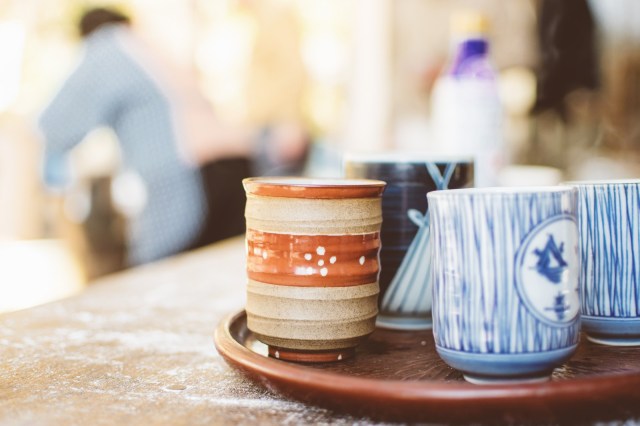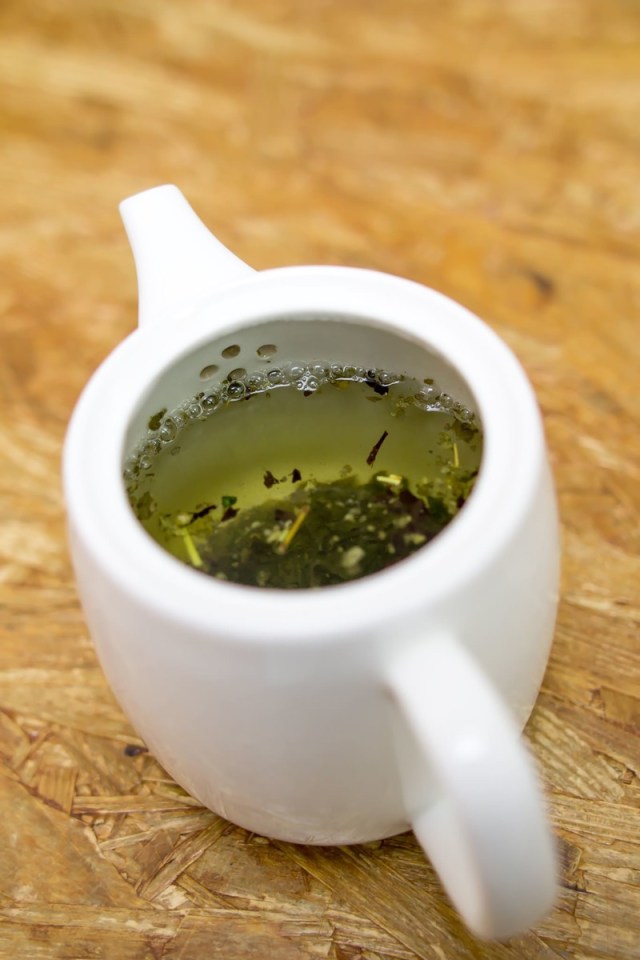Shizuoka Prefecture may lose title of Japan’s top tea producer to rising star Kagoshima

Shizuoka has had a long reign as Japan’s most prolific tea producer–but that reign might be over soon.
Every prefecture of Japan is known for something, whether that’s a particular food, an industry, or a landmark. Shizuoka, located just two hours or so by local train from Tokyo, is known for a few things–gorgeous views of Mt. Fuji, for one–, but its prolific green tea farms are one of the most famous things about it. In fact, this seaside prefecture is widely recognized as “Japan’s Best Tea Producer”.
But they might not hold that title for much longer. Though they’ve been the number-one producer of green tea in the country since 1959, another prefecture might soon be surpassing them, according to data released by the Ministry of Agriculture, Forestry and Fisheries.

The southwestern prefecture of Kagoshima is poised to overtake Shizuoka very soon. Though Shizuoka has maintained its top position for more than 60 years, its unrefined tea production numbers have been on a slow downturn since the 1980s. In the meantime, Kagoshima’s tea production has been increasing quickly since the 2000s and steadily closing the distance on Shizuoka. Last year, Shizuoka produced 25,200 tons of unrefined green tea, or unprocessed tea leaves, making up 34 percent of the total domestic production. Kagoshima produced 23,900 tons, a difference of less than 2,000 tons. That number is remarkable, given that Kagoshima started out with growing only about 2,700 tons of tea in 1959.

The Ministry believes that Kagoshima’s success is due to the fact that they’ve introduced far more mechanization to their harvesting process. Kagoshima’s tea farms, which focus on cultivating tea for bottled drinks, only span 7,970 hectares, compared to Shizuoka’s 13,700, and yet they have managed to produce nearly as much tea as Shizuoka because 97.5 percent of Kagoshima’s tea farms have been making use of human-operated harvesting machines. In Shizuoka, where tea for steeping in hot water is often cultivated on steeper mountain slopes, only 65.8 percent of farms use machinery.

Neither prefecture is interested in production levels alone, though. Some Shizuoka farmers question whether it’s necessary to emphasize production numbers at all, and that producing delicious, quality tea that consumers want to drink is more important.
For Kagoshima, too, surpassing Shizuoka as the top unrefined tea producer is less important than contributing to the recovery of the industry as a whole in the wake of the pandemic, which has caused the demand for tea in both bottled and raw form to drop. “Even if we surpass Shizuoka, since the industry is in a difficult state, we can’t really celebrate,” said one member of the industry. “I’d rather we work together with Shizuoka to spread the popularity of tea all throughout Japan.”

Green tea has a long history in Japan, and drinking tea is a very important part of Japanese culture, so it would be a terrible shame if tea producers were forced to close down for good because of the pandemic. Why not help keep the industry alive by drinking all of the green tea drinks and eating all of the green tea dishes, snacks, and sweets that you can get your hands on? We’ll be sure to keep you updated on all the tasty new treats as they come out!
Source: Yomiuri Shimbun via Yahoo! News via Otacom
Top image: Pakutaso
Insert images: Pakutaso (1, 2, 3, 4)
● Want to hear about SoraNews24’s latest articles as soon as they’re published? Follow us on Facebook and Twitter!
Credit:

0 comments:
Post a Comment